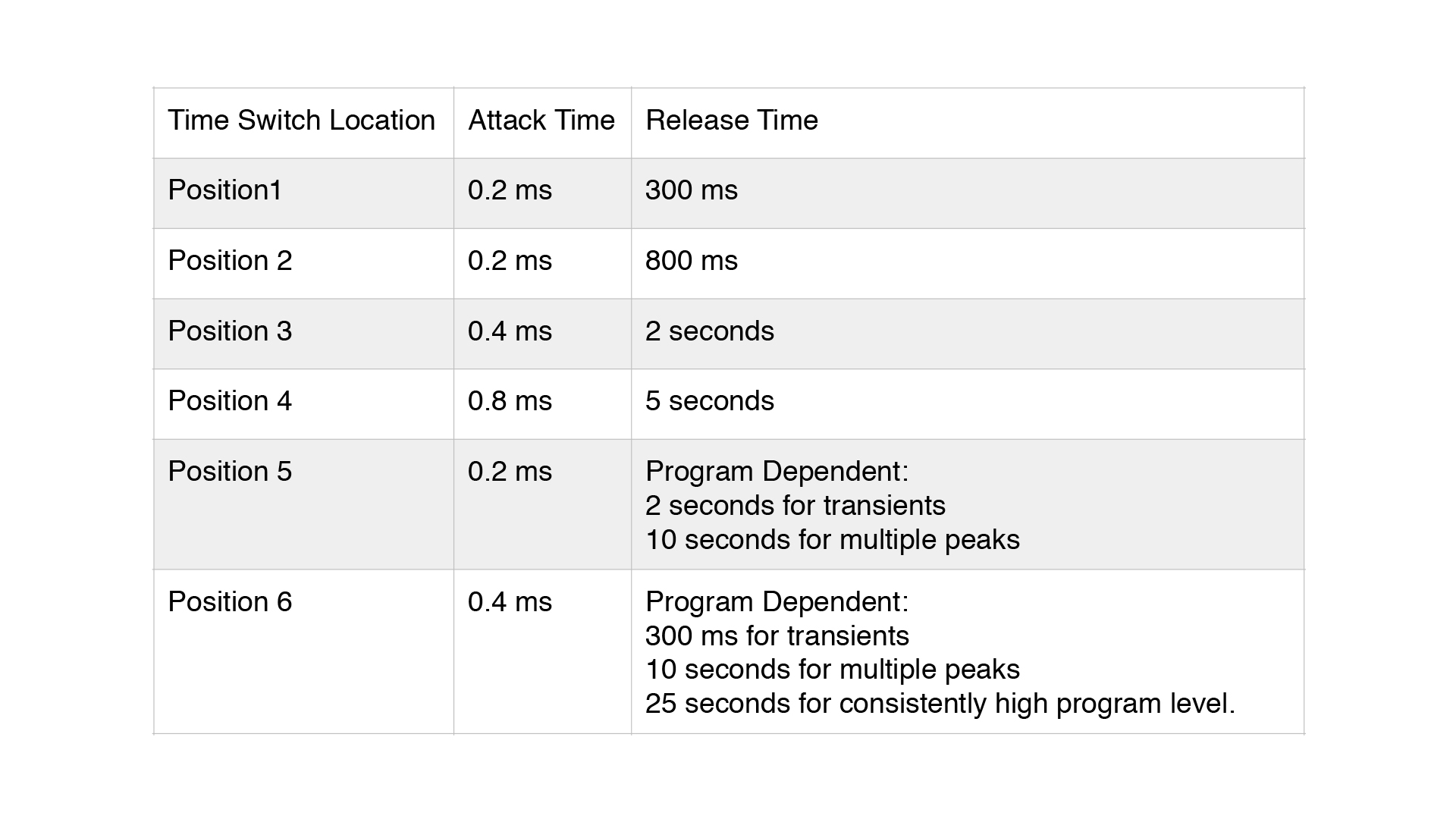Welcome to my Behringer X32 FX Series tutorials. Today we are going to be looking at the Dual, Stereo and Mid-Side (M/S) Fair Compressor. Be sure to watch my YouTube video that I released on the Fair Compressor as it goes along with this blog post!
Fair Compressor Part 1:
Fair Compressor Part 2:
The Stereo Fair Compressor, M/S Fair Compressor, and Dual Fair Compressor are Behringer X32 Effects that are modeled after the Fairchild 670 tube compressor which is really well known for their amazing sound. The original had 14 transformers and 20 tubes and was a stereo compressor Lat-Vert compressor. In the effects rack we have:
- Fair Comp
- Stereo version of the Fair Compressor, processes the stereo audio together with one set of controls.
- M/S Fair Comp
- Mid-Side (also known as Lat-Vert) version of the Fair Compressor, processes the stereo audio with two sets of controls. The Middle channel processes the center panning domain of the stereo signal, where the Sides channel processes the outer panning domain of the stereo signal. Input is stereo, output is stereo.
- Dual Fair Comp
- Dual Mono version of the Fair Compressor, processes two independent signals of audio in mono.
The controls we have are
- Input Gain gives us our Input gain adjustment from +0.0 to -20.0dB in 0.5dB increments.
- Threshold gives us our threshold adjustment from 0.0 to 10.0 in 0.1 increments.
- Time gives us our Attack & Release Program adjustment from 1-6.
- Bias gives us a control over the ratio of the compression as well as the knee width, adjustment from 0%-100% in 5% increments
- From the UAD Manual: Bias controls the ratio of compression as well as the knee width. As the knob is turned clockwise, the ratio gets lower and the knee gets broader. The threshold also gets lower as the knob is turned clockwise. It’s more technically accurate to say that this control simply changes the knee width, since no matter where it’s set, the ratio always approaches true limiting eventually. However, the knee becomes so broad that it becomes more practical to speak of the ratio changing, because for reasonable amounts of compression (less than 25 dB), this is the case.
- Balance adjustment from 0%-100% in 5% increments.
- From the UAD Manual: Balance controls the bias current balance. It always controls one channel of the compressor, regardless of what the nearby Meter Switch is set to. The point of perfectly calibrated bias currents is achieved when the screw slot is at the 12 o’clock position (the default value). At this setting, the amount of additive signal deflection (“thud”) which happens due to an attack is minimized. Setting this control counter-clockwise from this position results in a thud of one polarity on transients, and going clockwise produces a thud of opposite polarity.
- Output Gain gives us our Output Gain adjustment from -18dB to +6dB in 0.5dB increments.
Want to see more Effects Tutorials?
To view more of my Behringer X32 Effects Tutorials, click here: dBB Audio FX Series




